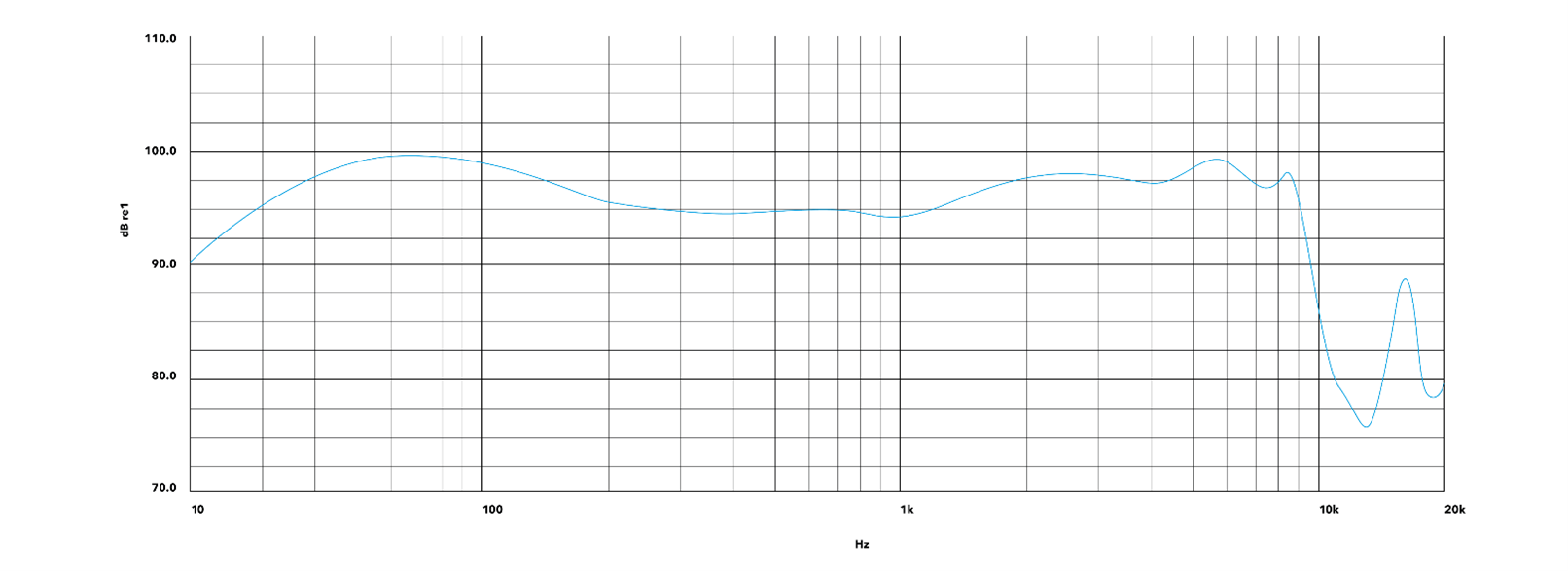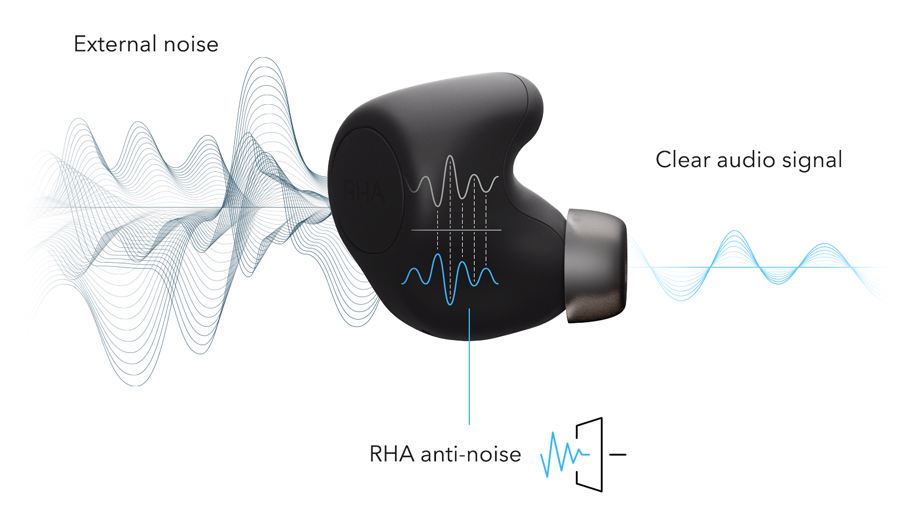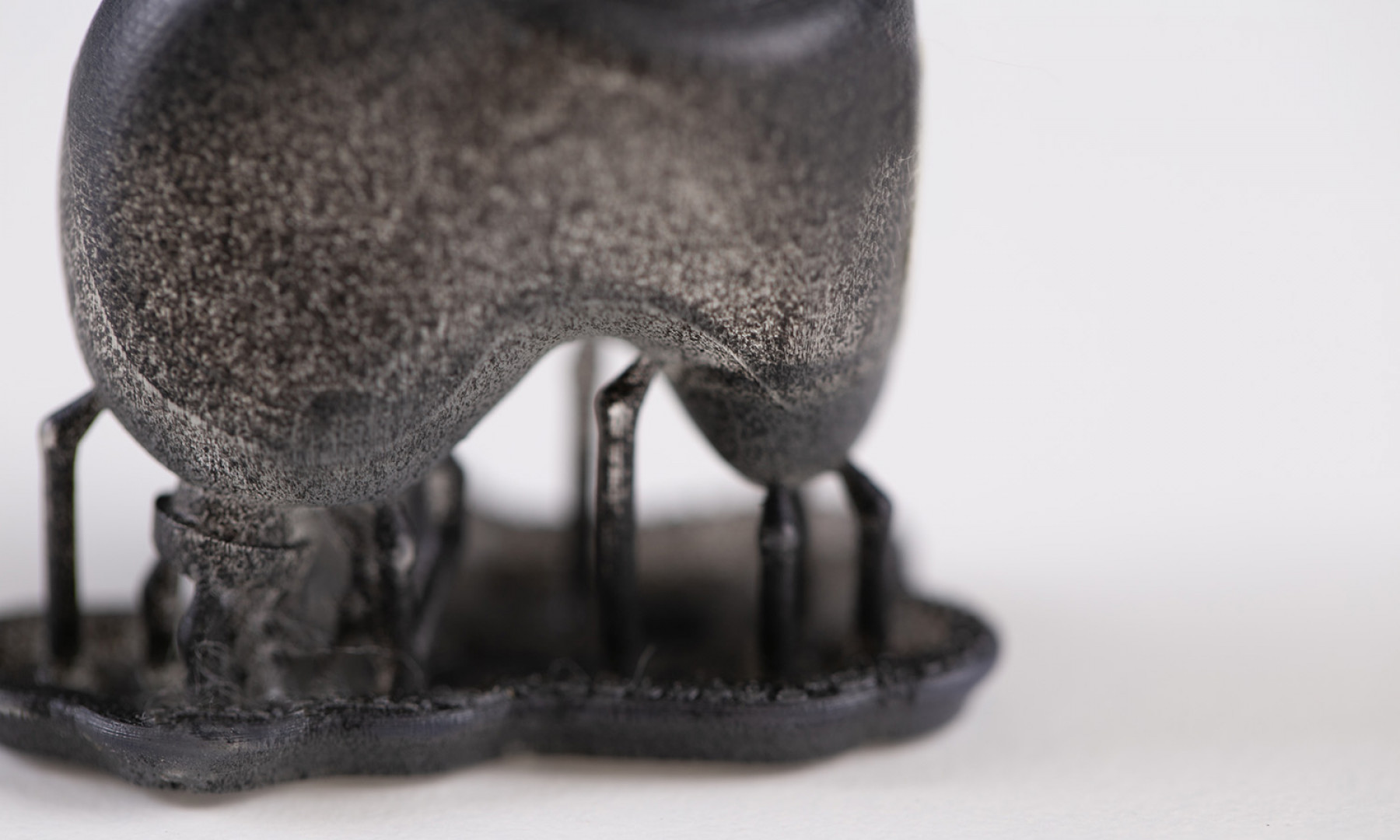Part of RHA’s mission is create new technology that enhances life without taking it over. So many ANC earbuds focused on the ANC to the detriment of the quality of sound reproduction; or vice-versa, creating barely noticeable ANC. From beginning, we set out to do justice to both.
Part 2: Developing the Sound
Active noise cancellation can have a dramatic effect on an earbud’s sound signature, so it was very important that we got this right. From day one, we measured the ANC On signature versus the ANC Off signature – and then retuned and retested until they matched.

1. Cancelling Sound
Think of ANC like this: ANC is ‘anti-sound’ – the inverse version of distracting outside noises played to counteract it - like adding a '1' to a '-1'. However, this affects the noise you actually want to hear: your music.

Distractions can come in all kinds: traffic, keyboards, workplace susurrus, or next door’s cat chasing next door’s dog. When you’re specifically making earbuds with active noise cancellation – something you probably won’t be doing in your spare time (but we will, obv), it’s best to start with i) the most pervasive sounds and ii) the frequencies most likely to make it ‘through’ the noise isolating design of the earbuds (see last week's blog!). Generally these occur around 50-600Hz.
The first thing we do to block out these noises is to measure them - inside your ear, we have a microphone. It can’t hear your thoughts, but it can pick up sounds that have made it through the moulded polymer shell of your earbuds. This includes sounds from inside your body but we don’t really want to go into that. These are the sounds we target with anti-noise (the ‘minus one’ to background noise’s ‘plus one’) to cancel them out.
This obviously means that a big part of ANC is to use good-old noise isolating techniques to prevent noise from getting in in the first place – a big part of the earbud design from the previous section! For the electronic part, the mic ‘listens’ and adjusts the anti-noise thousands of times every second.
These two methods combine to cancel out background noise and let you focus on whatever you’re listening to.
2. Making Sound
Now comes the fiddly part.
Applying ANC alters the original sound. After all, you are bombarding noise with anti-noise, and that's going to be a little disruptive. Picture that graph from above as a piece of string. Now start throwing stones at that piece of string. It's going to change shape a little.
To counteract this, we use EQ tuning in the earbud to re-adjust the sound signal. You've seen an EQ adjustment before - there will be an app on your phone where you can doctor the music you're listening to in order to 'pump up the bass', etc. As soon as you hear 'ANC On', the TrueControl earbuds make countless little adjustments to your audio to re-correct the parts of your sound that are affected by ANC. This adjustment process was a lot more complicated than just picking an EQ setting - it took months of trial, error, refinement and repeat. But - eventually - we got the 'before' and 'after' shapes to match up.
And then - because we are quietly very competitive - we tested it versus the leading ANC earbuds on the market for accuracy and distortion. It was better.
Next week's Part 3 examines how we developed the unique charging case of the TrueControl.

